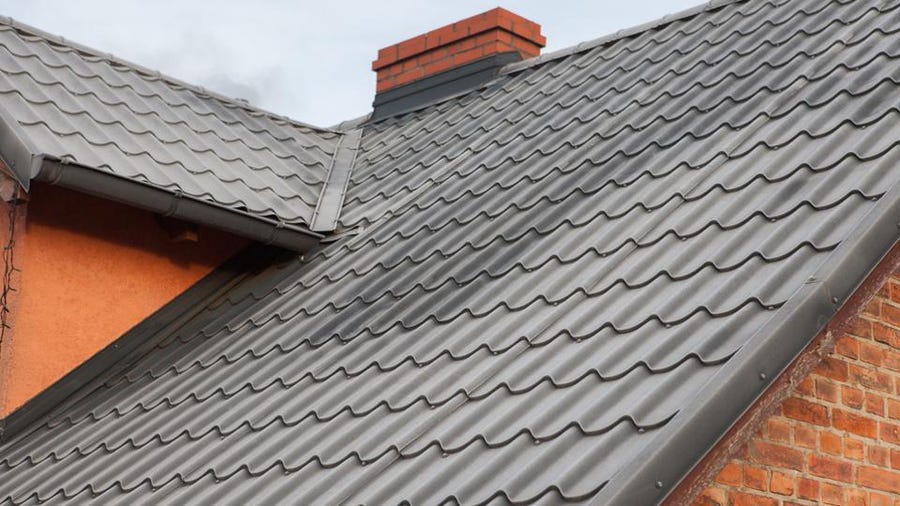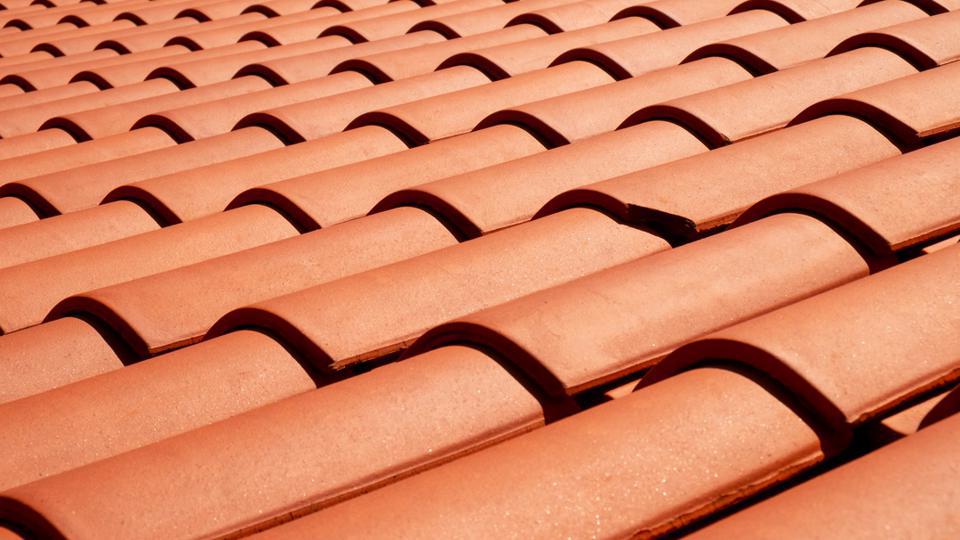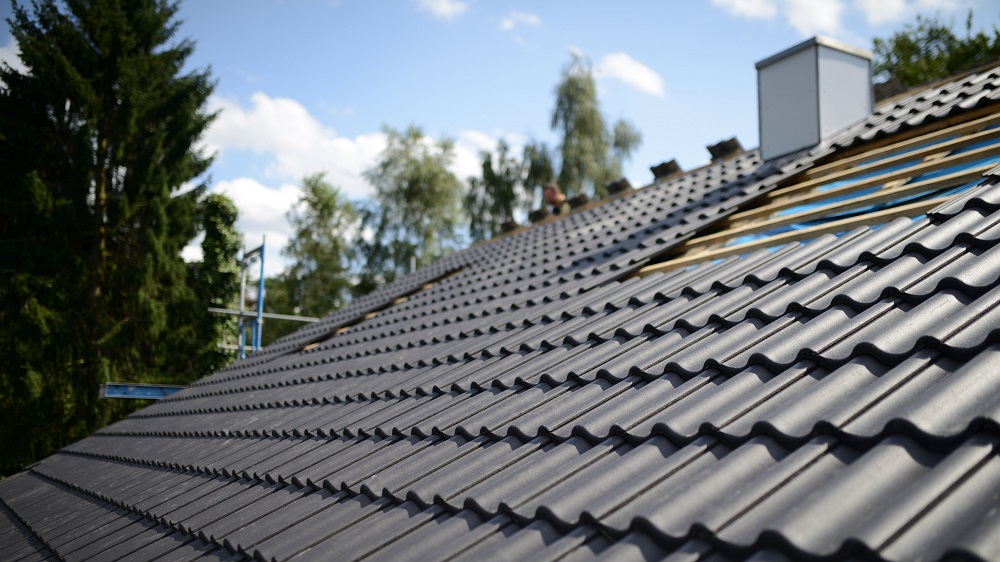One of the most important factors to consider when choosing what you will use for roofing in cold weather is the roof’s material. Temperatures are extremely low in winter, and your roof can help maintain the house’s correct temperatures even during cold.
Your choice of roofing material will depend on how low temperatures go in the winter seasons in your region. If you do not experience snow, you can get an ordinary roof for your house. However, snowy areas need unique roofs to withstand the harsh climate.
As the roofs help to maintain the right temperatures, they should also be strong enough. Unfortunately, in some areas, the cold weather comes with strong winds, which pose a danger to roofs that are not sturdy. As a result, it puts the occupants’ lives at risk.
Snow and ice are also heavy, and they can cause your roof to fall. Therefore, sturdiness is an essential factor to consider when choosing a roofing system for your snowy home. You can visit roofmasterlubbock.com to learn how to avoid snow and ice accumulation.
What You Need to Know When Installing Shingles in Cold Weather
It is possible to replace your roof during winter, but you should call experts to do it for you. That’s because the roofing process involves many risks, and the experts are trained and experienced on how to protect themselves during installation.
It is also essential to consider hiring installers that are licensed and insured. Then, if an accident happens, the insurance will cater for any expenses.
The roofing materials will not be very efficient during winter. The installers will also be risking to climb up the roof because ice is slippery and can cause accidents.
Here are the things to know or do before allowing the installers to go up to your roof.
-
Ensure They Observe Safety
It is essential to observe personal safety before anything else. Putting your life in danger to install a roof is not worth the risk.
Ensure your team has roof fall protection equipment on before they start the work. Snow is slippery, and people easily slide off roofs.
It is also advisable to de-ice the roof first after a storm to ensure no snow is left to cause accidents.

-
Snow Hides Debris
It is impossible to notice sharp objects covered by snow, and the installers can accidentally step on them. Therefore, ensure they clear the surface before they start the installation to remove any possibly hidden debris.
-
Wear Warm Garments
Very cold temperatures can affect your body, especially the heart and lungs. If the temperatures are too low, ensure your team has warm garments to protect themselves from health complications.
Schedule shorter hours for work, and check weather forecasts to know when the sun will be out. Ensure your workers dehydrate as well.
Best Roofing Materials for Cold Weather
The materials of your cold-weather roofs will determine their performance. So as you consider the design and price offer, ensure you choose a sturdy and durable material and one that will keep your house in the correct temperatures.
-
Metal Roofs
Metal is the most common material on roofs, and it is because of its sturdiness and durability. These roofs are heavy and can hardly get damaged by snow.
They are slippery, so that snow slides and falls when it falls on the roof. That minimizes all the chances of the rooftop and structural damage.
When investing in metal roofing, consider insulated metal roofs. These ensure that cold does not get into the room, maintaining the correct temperatures of your house.
Metal roofs are available in different colours and designs, so you won’t get disappointed if you are also looking for a specific style. In addition, they are cheap to buy and maintain, hence a choice for most homeowners.
-
Slate Roofs
Slate roofs are very durable, and they can last for about 200 years. Besides, they are strong enough to withstand harsh climatic conditions like snow, ice, and strong winds.
Slate is also appealing to the eye. This material has low water absorption, which makes it suitable for roofing material in cold weather.
Slate roofs are also highly versatile. You can get the slate roofing in different styles and colours and a texture of your choice.
Slate is heat resistant, and it will retain the warmth in your house. That helps you save a lot of money on energy in winter.
One last advantage of this roof is that it is easy to maintain. Slate rarely breaks or cracks, and they will keep their look for years.

-
Fiberglass Asphalt Shingles
Fibreglass is a bit expensive because of its durability and ease of maintenance. These shingles are also waterproof, which ensures they maintain your home’s temperatures.
When it comes to water resistance, fibreglass is not susceptible to water. For that reason, this roofing material will not get damaged by melting snow.
You can choose a colour of your choice, but these roofs are limited in styles and designs. That is because fibreglass is a hard material to shape.
Although they are expensive to buy, fibreglass asphalt shingles are also fire resistant.
-
Wood Shingles
Wood is known for its aesthetic that goes unnoticed. Additionally, this roofing material is also strong and durable, although it depends on the type of wood you choose.
Since wood is an insulator, the wood shingles and shakes will help maintain the house’s correct temperatures by keeping cold away.
Shingles and shakes come with the natural colour of the wood. However, you can choose your best colour from a selection of many or paint your roof to your desired colour.
Although wood is good, it has its setbacks. It’s not the best if your area experiences too cold weather with snow. Wood will slowly absorb water, which causes it to rot.
Wood is also prone to insects like termites, which feed on it, creating small holes. This causes hard to repair damages.
Since wood fades when exposed to the sun for long, maintaining this roof is expensive because you need to keep repainting it.
Final Words
Winters are cold, and after a busy day, you want to sleep in a cozy and warm space. The temperatures of your house will significantly be influenced by the type of roof over your head. After choosing the suitable materials, ensure you also observe safety when roofing in cold weather.






